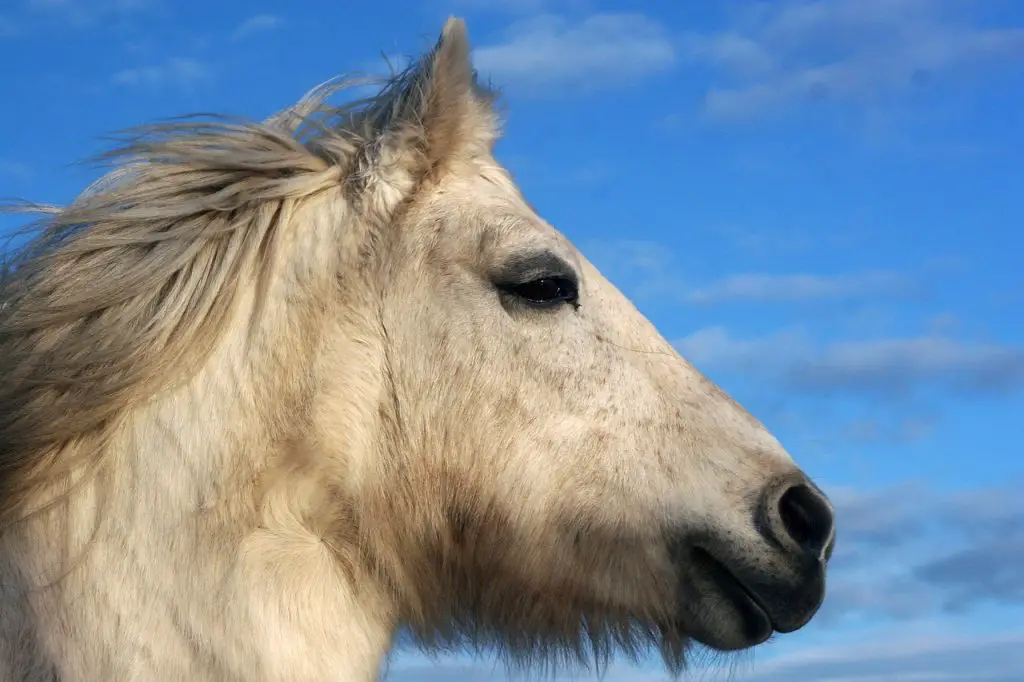Last Updated on March 8, 2022 by Allison Price
One of the most popular native British horse breeds is the Highland pony. This breed is a Scottish pony, which has evolved over many centuries. Scotland is known for its harsh climate and harsh winters. The Highland pony is able to survive in harsh outdoor climates all year. This breed is a mix of moorland and mountain pony and is considered vulnerable.
ORIGINAL AND HISTORY
The Highland Pony doesn’t have a clear line of descent. It is difficult to determine when horses arrived in Scotland because there are not many early records that mention horses. Although horses have been known to be present in Scotland since 8 centuries BC, it is not clear if they were brought in by humans migrating from other parts of the world. The Highland pony is believed to have been influenced by the Pict horses of the 5th-8th centuries AD.

It is impossible to know what actually happened between the Picts and the 18th century. The Highland pony is described in 18th-century accounts. The 1830s are the first time that bloodlines of highland pony breeds can be traced. In the 16th century, Percheron horses and Spanish horses were brought to Scotland. In the 1800s, the British Fell ponies and Dales ponies were crossed with the Scottish ponies.
CONFIRMATION & COLORS
Highland ponies are sturdy, strong, and stocky. They are compact and well-built. The Highland pony is still considered a ponies but it is the largest of the native pony breeds. Highlands can reach heights of 13 to 14.2 hands. According to the Highland Pony Society, they shouldn’t exceed 14.2 inches and should have proportionate features.
A Highland pony should display a calm and friendly expression. They should also have a long, but not too thick, neck and well-sloped shoulders. Their hindquarters are strong and their thighs are flat. Their strength and toughness are enhanced by their short cannon bones, and wide knees. Highlands should have very little knee action. Highlands should move with very little knee action.
The coat of the Highland, in addition to being tough, is what allows the pony to live outdoors year round in harsh Scottish weather. The winter coat is double-layered. The base coat is very thick, soft and fluffy. The top layer is made from a thicker, more durable type of hair which helps to prevent water from getting on the skin.
Highland ponies can come in many colors, including dun shades, bay, grey and black. There is also the rare liver chestnut with silver mane, tail, and mane. Many ponies have a dorsal and zebra leg markings, which give away their ancestral genetics. They are prohibited from wearing white socks or blazes. They cannot be skewbald or piebald.
TEMPERAMENT
The Highland pony is a great horse with a wonderful temperament. It can be used for many different jobs. They can also be stubborn. They are also strong for their size and can use it to their advantage. The Highland must learn good manners from a young age. This breed is known for being friendly, patient, and having a great sense of humor. It is important to keep Highlands happy and engaged.
The Highland is calm, but not boring. Although they are not the fastest ponies, they are very keen to work. To keep their weight under control and keep their minds happy, they need to work.
HIGHLAND PONY USES
There are many uses for Highland ponies. Because of their strength, Highland ponies are frequently used in forestry. They are also used to transport the carcass from the hills on estates for hunting deer. They can also be used for pleasure or showing as riding ponies. They make great trekking mounts due to their confident feet. Although they aren’t great jumpers, they can still do some jumping at lower levels. They are also suitable for hunting in harsh conditions.
CARE AND HEALTH ISSUES
The Highland is a great keeper because of their ability to adapt to harsh environments. They don’t need to eat a lot of food to keep them fat. This is important information to remember when managing your Highland. You will often not be able keep a Highland horse with other breeds of horses in lush fields. You should monitor what they eat as they are more susceptible to laminitis and becoming obese. The Highland is easy to maintain and doesn’t require shoes.
HIGHLAND PONY INTERESTING FACTS
- The Queen Elizabeth II of Great Britain is a passionate horse lover. She has a stud Highland ponies at her Balmoral estate, in Scotland. Many times, she has been photographed riding one of her Highland ponies to Balmoral.
- The Highland is one among three native Scottish pony breeds.
- Only 5,500 Highland ponies are known to exist in the entire world.
- These were first used on farms on the Scottish Highlands and islands.
The Highland pony is a great all-round pony and is suitable for families. They are suitable for both adults and children due to their gentle nature and their ability to lift a lot of weight.



